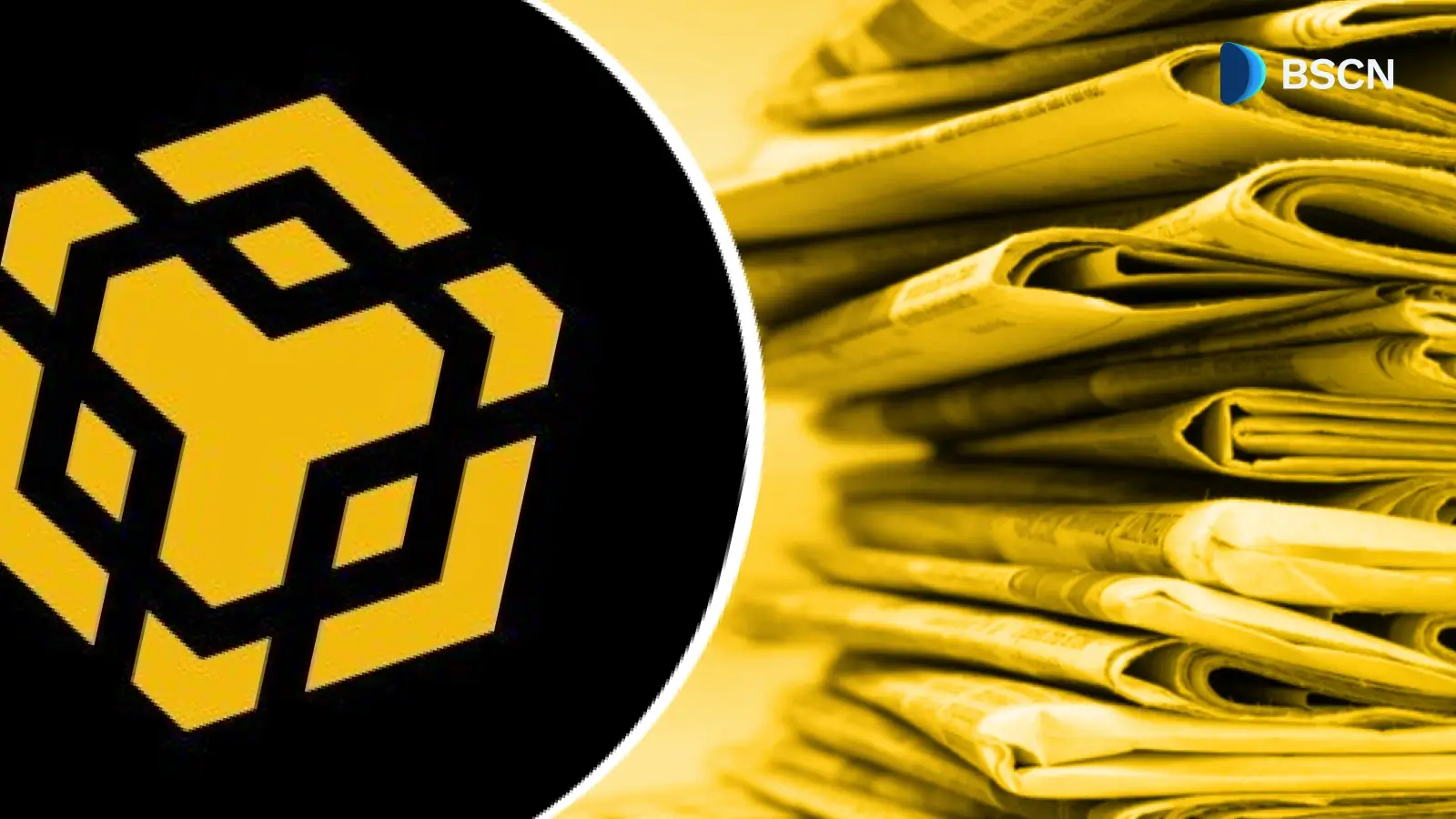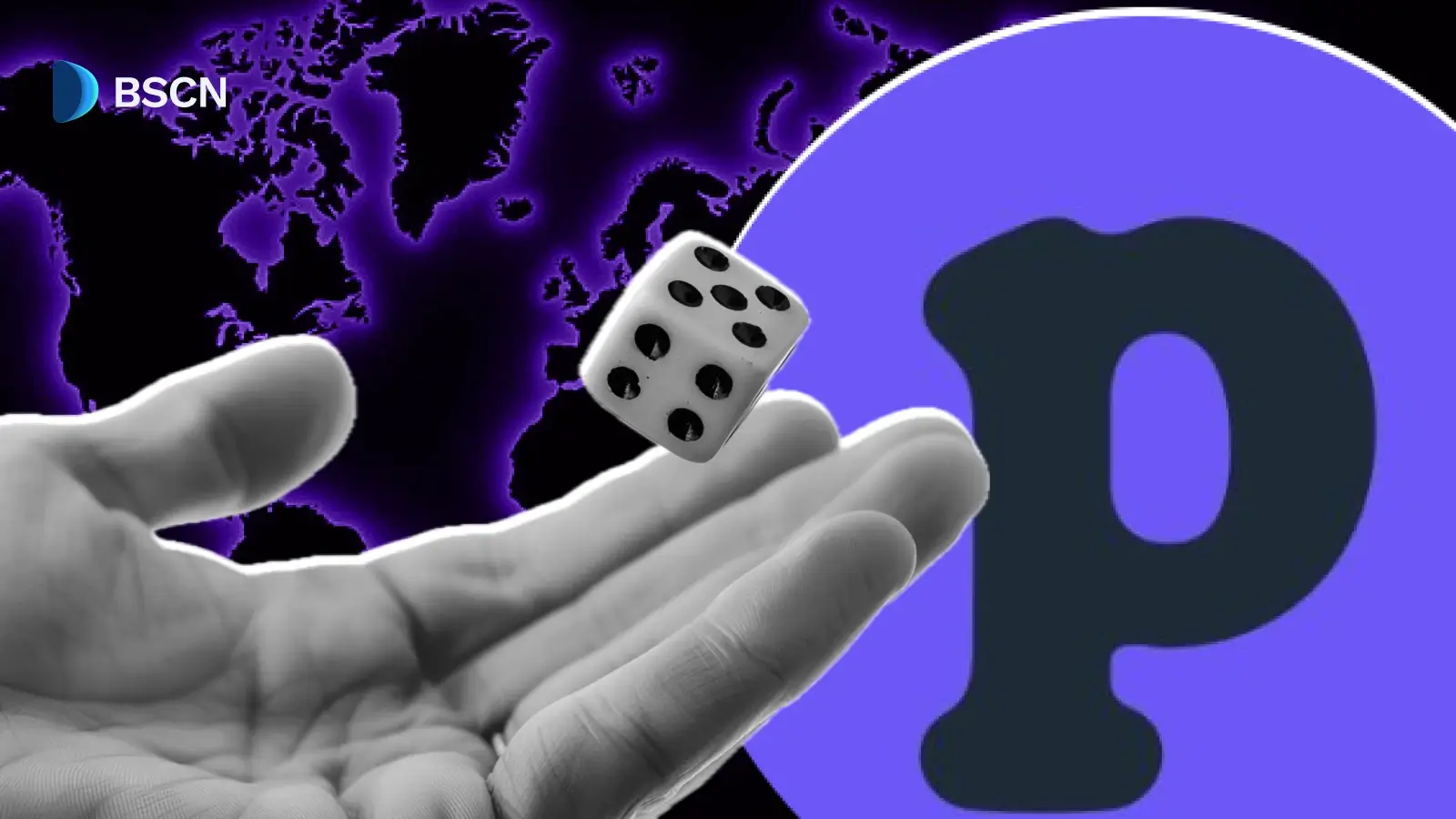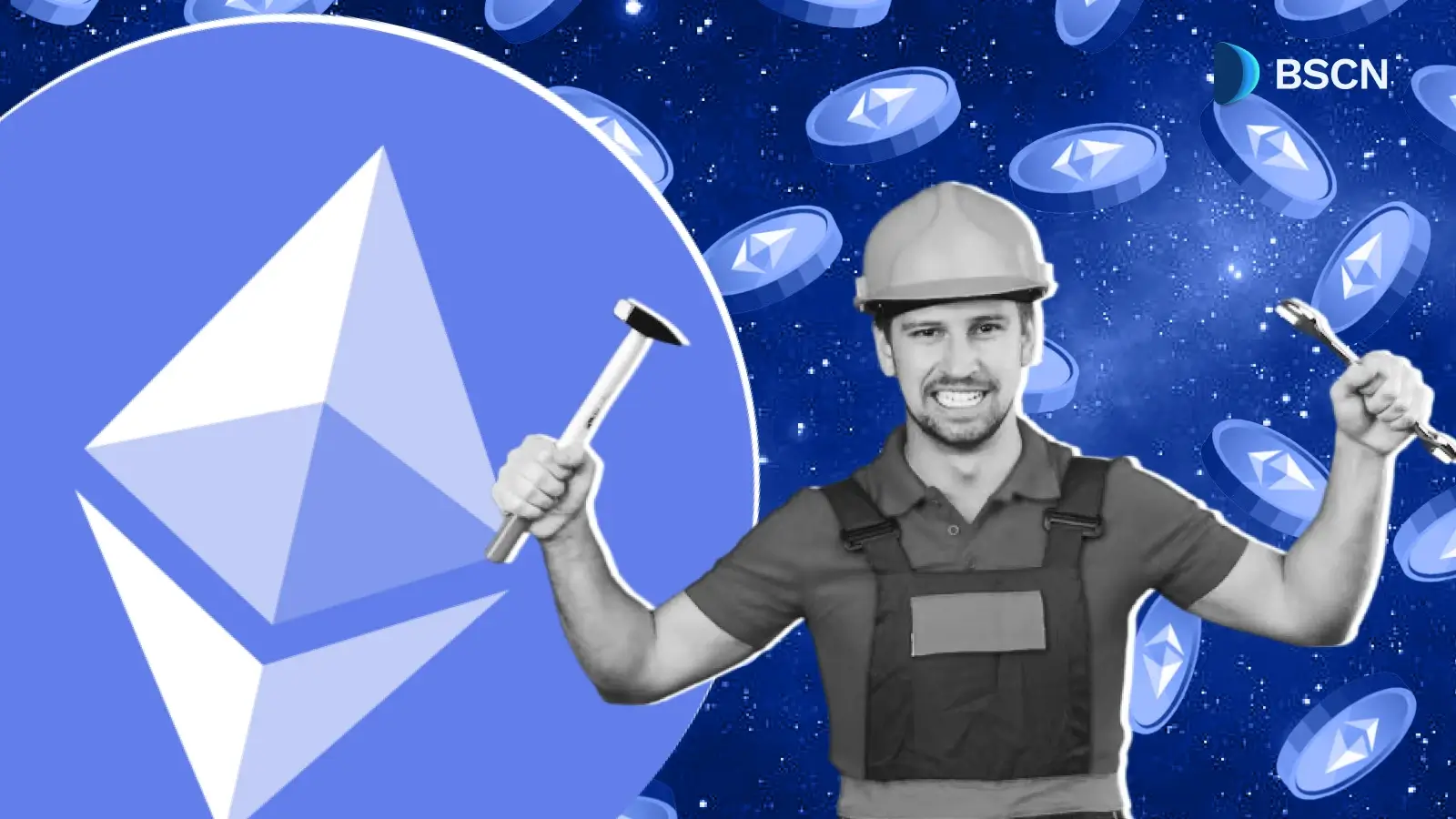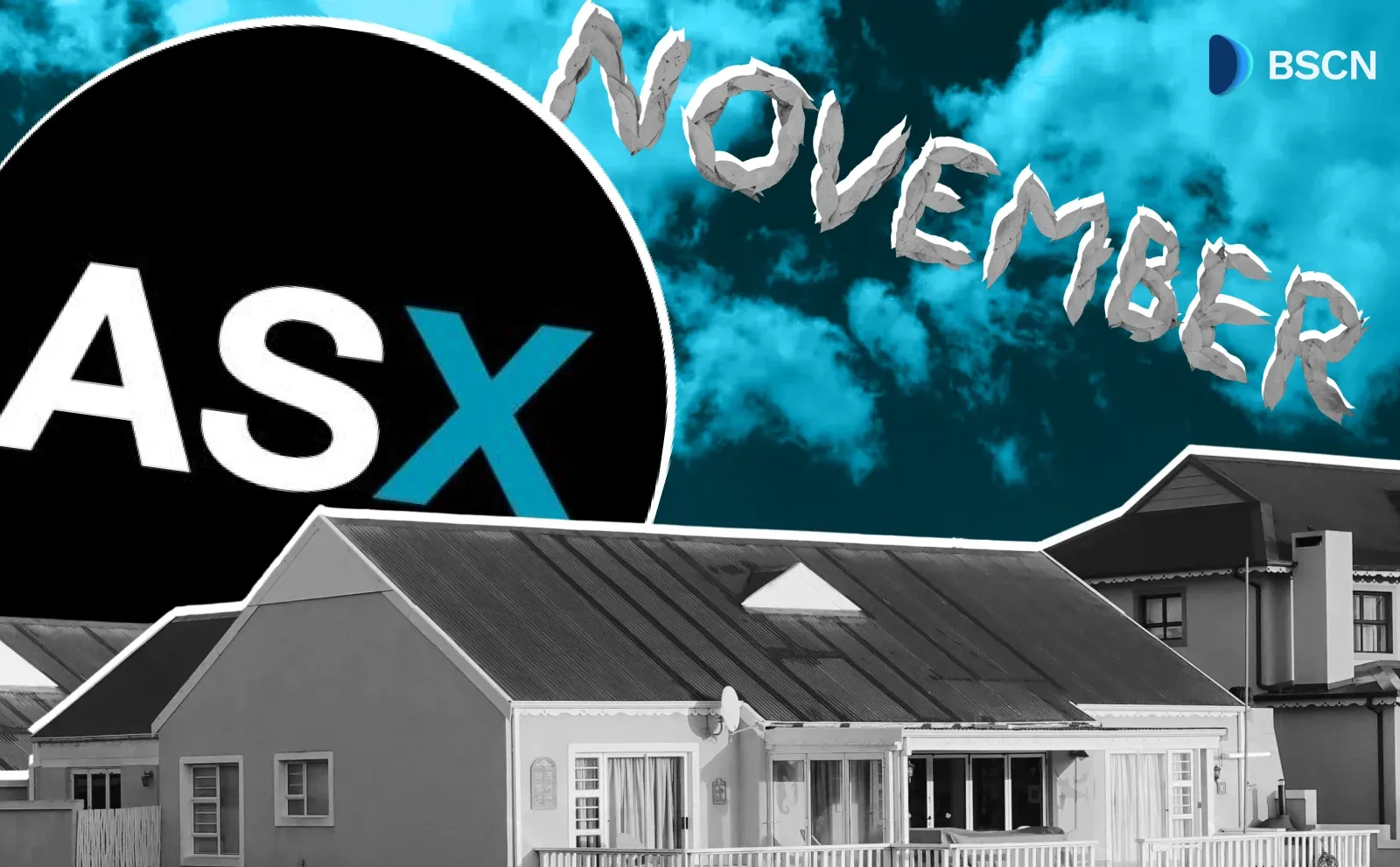Deepdive
(Advertisement)
How Caldera Turns Blockchain Deployment From Months to Hours

Discover how Caldera's rollup-as-a-service platform enables developers to deploy customizable Layer 2 blockchains in hours using Arbitrum Nitro, Optimism Bedrock, and zkSync frameworks instead of months of development.
Crypto Rich
June 20, 2025
(Advertisement)
Table of Contents
Ethereum's 15 TPS ceiling has forced developers to look beyond its base layer — toward Layer 2 rollups that offer Web2 performance without compromising security. Among the emerging platforms addressing this challenge, Caldera has positioned itself as an infrastructure that transforms rollup deployment from a months-long technical undertaking into an hours-long process.
The San Francisco-based company, founded in March 2022 by CEO Matt Katz and CTO Parker Jou, operates what it calls "rollup-as-a-service" infrastructure. Rather than building another blockchain, Caldera provides the tools for others to create their own application-specific Layer 2 networks using established frameworks like Arbitrum Nitro, Optimism Bedrock, zkSync ZK Stack, and Polygon CDK.
This approach reflects a broader shift in blockchain architecture toward modularity, where applications get dedicated computational resources instead of competing for space on shared networks. Early results suggest the strategy resonates with developers: Caldera has raised $25 million from investors including Sequoia Capital and Founders Fund, while supporting projects that have generated over $30 million in combined trading volume.
Understanding Caldera's Rollup Infrastructure
Caldera Chains operate as optimistic rollups that inherit Ethereum's security while delivering significantly improved performance. Each chain functions as a dedicated blockchain optimized for specific applications, whether that's high-frequency trading, real-time gaming, or NFT marketplaces.
The technical implementation handles the complex infrastructure components automatically. When developers deploy a Caldera Chain, the system provisions RPC nodes for blockchain connectivity, block explorers for transaction monitoring, data indexers for application queries, and bridge interfaces connecting to settlement layers like Ethereum or Polygon.
Ethereum compatibility remains complete, meaning existing smart contracts run without modification on Caldera infrastructure. This compatibility extends to development tools, wallets, and existing decentralized applications, reducing migration barriers for projects seeking better performance.
Performance metrics show hundreds of transactions per second with sub-second confirmation times across Caldera Chains. The platform also supports flexible tokenomics, allowing rollups to use any ERC20 token as their native currency rather than requiring specific protocol tokens.
Rollup Framework Options and Technical Specifications
The platform's support for multiple rollup frameworks gives developers flexibility in choosing an architecture that matches their application requirements. Each framework brings distinct characteristics and trade-offs in performance, security, and ecosystem compatibility.
Arbitrum Nitro integration enables Layer 3 chain deployment through Arbitrum Orbit architecture, providing optimistic rollup functionality with fraud proofs for security validation. Optimism Bedrock support allows deployment of OP Stack-based rollups, offering modular blockchain components and simplified dispute resolution mechanisms.
For projects requiring cryptographic transaction validation, Caldera incorporates zkSync's ZK Stack for zero-knowledge rollup deployment. These rollups provide mathematical proofs for transaction validity, enabling faster finality compared to optimistic rollups that rely on challenge periods.
Polygon CDK integration supports rollup deployment within the Polygon ecosystem while maintaining Ethereum compatibility. This framework particularly benefits projects seeking interoperability within Polygon's existing infrastructure and tooling.
Key Technical Capabilities
Caldera's rollup deployment platform offers several technical advantages that distinguish it from traditional blockchain infrastructure:
- Multi-Framework Support: Deploy rollups using Arbitrum Nitro, Optimism Bedrock, zkSync ZK Stack, or Polygon CDK frameworks based on specific application requirements
- Automated Infrastructure Provisioning: Each deployment automatically includes RPC nodes, block explorers, data indexers, and bridge interfaces without manual configuration
- Custom Token Economics: Use any ERC20 token as the rollup's native currency, including protocol tokens, stablecoins, or application-specific tokens
- Ethereum Compatibility: Run existing Ethereum EVM smart contracts without code modifications while achieving significantly improved performance metrics
- One-Click Deployment: Launch production-ready rollups to mainnet within hours using the platform's streamlined interface
Cross-Chain Connectivity Through Metalayer
Beyond individual rollup deployment, Caldera operates Metalayer, a framework connecting rollups within its ecosystem. This interoperability layer enables asset transfers and cross-chain execution between different Caldera Chains without requiring separate bridge protocols for each connection.
The system includes the .era namespace, functioning as a unified digital identity across all connected rollups. Users register unique usernames that work across the entire Caldera ecosystem, simplifying user experience and reducing onboarding complexity. The platform reports over 6 million .era usernames minted, indicating substantial adoption across its network.
Cross-chain functionality enables developers to build applications spanning multiple rollups. A decentralized exchange could aggregate liquidity from different Caldera Chains, while gaming platforms might enable asset transfers between game-specific rollups without complex bridge protocols.
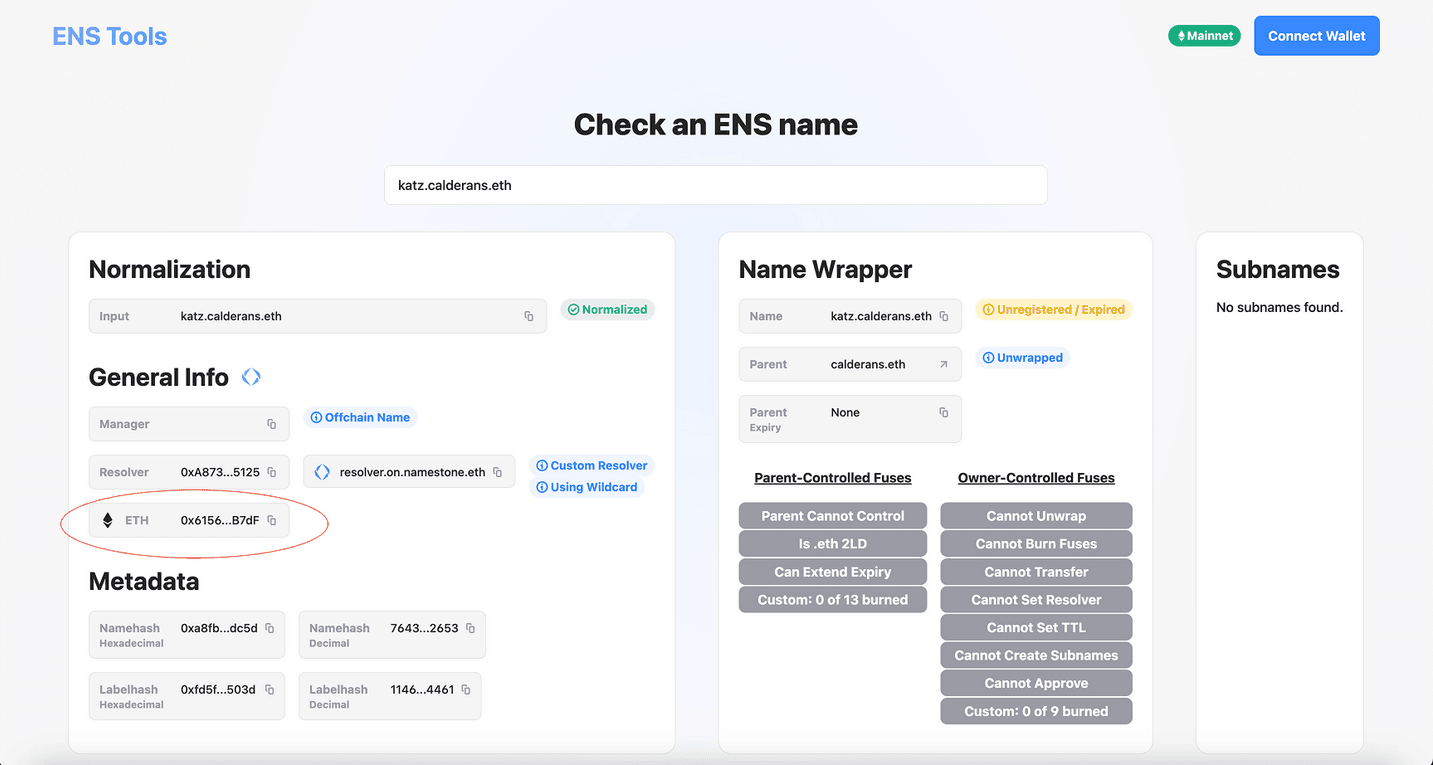
Strategic Partnerships and Ecosystem Integration
Infrastructure Providers
Caldera has assembled partnerships with over 40 Web3 infrastructure providers, creating what amounts to a comprehensive development environment. These relationships address common blockchain application requirements while reducing the technical complexity developers typically face when building from scratch.
On the data infrastructure side, Seda provides decentralized access to off-chain data sources, supporting applications that need real-world information feeds or external API connectivity. SupraOracles contributes price feeds and Verifiable Random Functions, which are essential services for DeFi applications, prediction markets, and gaming platforms requiring reliable randomness.
Modular Cloud operates CalderaScan, the platform's block explorer, while providing APIs that developers use for blockchain data access and transaction monitoring. Thirdweb brings its Web3 development stack to Caldera, offering tools for NFT creation, smart contract deployment, and decentralized application development.
Blockchain Ecosystem Connections
The platform's blockchain ecosystem partnerships extend its reach across different networks. Caldera supports Injective's inEVM sovereign rollup, creating bridges between Ethereum and blockchains like Solana and Cosmos. The company serves as the optimistic rollup partner for Crypto.com's Cronos Chain projects, while also powering ApeCoin's ecosystem infrastructure for NFT trading and gaming applications.
Projects Building on Caldera Infrastructure
High-Value DeFi and NFT Applications
Several high-profile projects demonstrate the platform's capabilities across different application categories. RariChain integrated Espresso sequencing technology through Caldera to enable composable NFT minting, adding $10 million in total value locked and showcasing the platform's DeFi application support.
Towns represents another significant implementation, utilizing Celestia data availability through Caldera's infrastructure. The project has generated 8,461 ETH in revenue while facilitating the creation of over 418,000 digital spaces, demonstrating scalability for social and gaming applications.
Gaming Performance Improvements
Gaming studio Curio achieved perhaps the most dramatic performance improvement, reducing transaction latency from 120 seconds on Ethereum to under one second using Caldera's Layer 2 infrastructure. This improvement enabled innovative gaming mechanics, including in-game diplomacy, smart contracts, and real-time player interactions that weren't feasible on Ethereum's base layer.
Adventure Gold DAO built Loot Chain specifically for the Lootverse ecosystem using Caldera's deployment platform, while Syndr launched what Caldera describes as the first Arbitrum Orbit Layer 3 chain. These implementations span gaming, NFTs, and experimental blockchain applications.
Community Growth and Business Development
Developer Engagement and Testing
Caldera's community development strategy combines technical education with gamified engagement. The platform runs testnet campaigns where developers and users earn experience points through activities like NFT minting and smart contract deployment. These campaigns serve dual purposes: providing real-world testing for new features while building developer familiarity with the platform.
The company's collaboration with Polyhedra at ETHDenver exemplified this approach, hosting a hacker house that provided participants with testnet rollups and development resources. Such initiatives help foster developer adoption while generating feedback for platform improvements.
Community metrics indicate substantial engagement, with Discord membership exceeding 311,000+ members across voice and text channels and 395,100 followers on X. The platform also implemented the Kaito Yapper Leaderboard, which tracks user engagement through social media activities and rewards participation with ecosystem tokens.
Funding and Revenue Generation
From a business perspective, Caldera's funding trajectory reflects investor confidence in rollup-as-a-service infrastructure. The company raised $25 million across multiple rounds, starting with $9 million in 2022, led by Sequoia Capital and Dragonfly Capital, followed by a $15 million Series A round led by Founders Fund and participation from MH Ventures and Sequoia Capital, among others.
Perhaps more significantly, Caldera represents one of the few seed-stage crypto startups generating revenue in 2023, indicating strong product-market fit beyond speculative investment. The company continues aggressive hiring, offering $10,000 referral bonuses for engineers with expertise in React, TypeScript, Go, and Solidity development.
Market Position and Competitive Advantages
Caldera's approach addresses fundamental limitations in current blockchain architecture through what the industry calls modular design. Instead of applications competing for shared computational resources on monolithic blockchains, each Caldera rollup operates with dedicated infrastructure optimized for specific use cases.
- Dedicated Resource Allocation: Each rollup operates with dedicated computational resources, eliminating the resource competition that degrades performance on shared networks
- Modular Customization: Applications can customize transaction fees, consensus parameters, and governance structures according to specific operational requirements
- Comprehensive Integration Network: Over 40 pre-built integrations with infrastructure providers reduce development complexity and accelerate time-to-market
- Revenue-Generating Business Model: Unlike token-dependent projects, Caldera operates a sustainable revenue model serving enterprise and developer clients
- Cross-Chain Interoperability: Metalayer framework enables seamless asset transfers and execution across different rollups without individual bridge protocols
This architecture enables applications to prioritize specific performance characteristics. Gaming applications can optimize for minimal latency, while DeFi applications can focus on transaction throughput and cost efficiency.
The platform eliminates technical barriers through its streamlined deployment system. Developers with basic smart contract knowledge can launch production-ready rollups without managing consensus mechanisms or validator infrastructure.
Scalability Performance
Caldera Chains achieve hundreds of transactions per second with sub-second confirmation times, compared to Ethereum's 15 transactions per second. This performance competes with high-throughput blockchains like Solana in real-world responsiveness while maintaining Ethereum-grade security and decentralization properties.
Token Economics and Future Development
The Caldera Foundation has confirmed plans for an ERA token airdrop targeting early participants in the platform's testnet phases and ecosystem contributors. While specific details regarding token supply, utility mechanisms, and distribution timeline remain to be finalized, the retroactive reward system will recognize users who participated in platform development and testing, with qualification criteria including .era namespace registration, testnet participation, and community engagement.
Recent platform developments include integration with noise_xyz for trading mindshare trends and the launch of CalderaScan with Modular Cloud for enhanced blockchain exploration capabilities. The platform continues expanding its integration network, with each new partnership designed to reduce development complexity for projects building on Caldera infrastructure.
The company's roadmap emphasizes continued framework support expansion and deeper ecosystem integration. As blockchain applications increasingly require sophisticated infrastructure, Caldera's comprehensive approach to rollup deployment positions it to capture demand from developers seeking production-ready solutions without extensive blockchain expertise.
Conclusion
Caldera's rollup deployment platform addresses blockchain scalability through customizable Layer 2 infrastructure that launches in hours rather than months. The platform supports multiple rollup frameworks, maintains comprehensive integrations, and provides developer-friendly tools for Web3 application development.
With $25 million in funding, strategic partnerships, and a community exceeding 700,000 members, Caldera demonstrates strong market execution. The modular architecture and Metalayer interoperability create infrastructure for scalable applications across gaming, DeFi, NFTs, and social platforms.
The planned ERA token distribution and expanding integration network indicate continued development momentum. As blockchain applications demand sophisticated infrastructure, Caldera's rollup-as-a-service approach provides the foundation for production-ready applications at Web2 performance standards.
For more information about Caldera's rollup deployment platform, visit their website at caldera.xyz or follow @Calderaxyz on X for the latest updates and announcements.
Read Next...
Disclaimer
Disclaimer: The views expressed in this article do not necessarily represent the views of BSCN. The information provided in this article is for educational and entertainment purposes only and should not be construed as investment advice, or advice of any kind. BSCN assumes no responsibility for any investment decisions made based on the information provided in this article. If you believe that the article should be amended, please reach out to the BSCN team by emailing [email protected].
Author
 Crypto Rich
Crypto RichRich has been researching cryptocurrency and blockchain technology for eight years and has served as a senior analyst at BSCN since its founding in 2020. He focuses on fundamental analysis of early-stage crypto projects and tokens and has published in-depth research reports on over 200 emerging protocols. Rich also writes about broader technology and scientific trends and maintains active involvement in the crypto community through X/Twitter Spaces, and leading industry events.
(Advertisement)
Latest News
(Advertisement)
Crypto Project & Token Reviews
Project & Token Reviews
Comprehensive reviews of crypto's most interesting projects and assets
Learn about the hottest projects & tokens
Latest Crypto News
Get up to date with the latest crypto news stories and events





